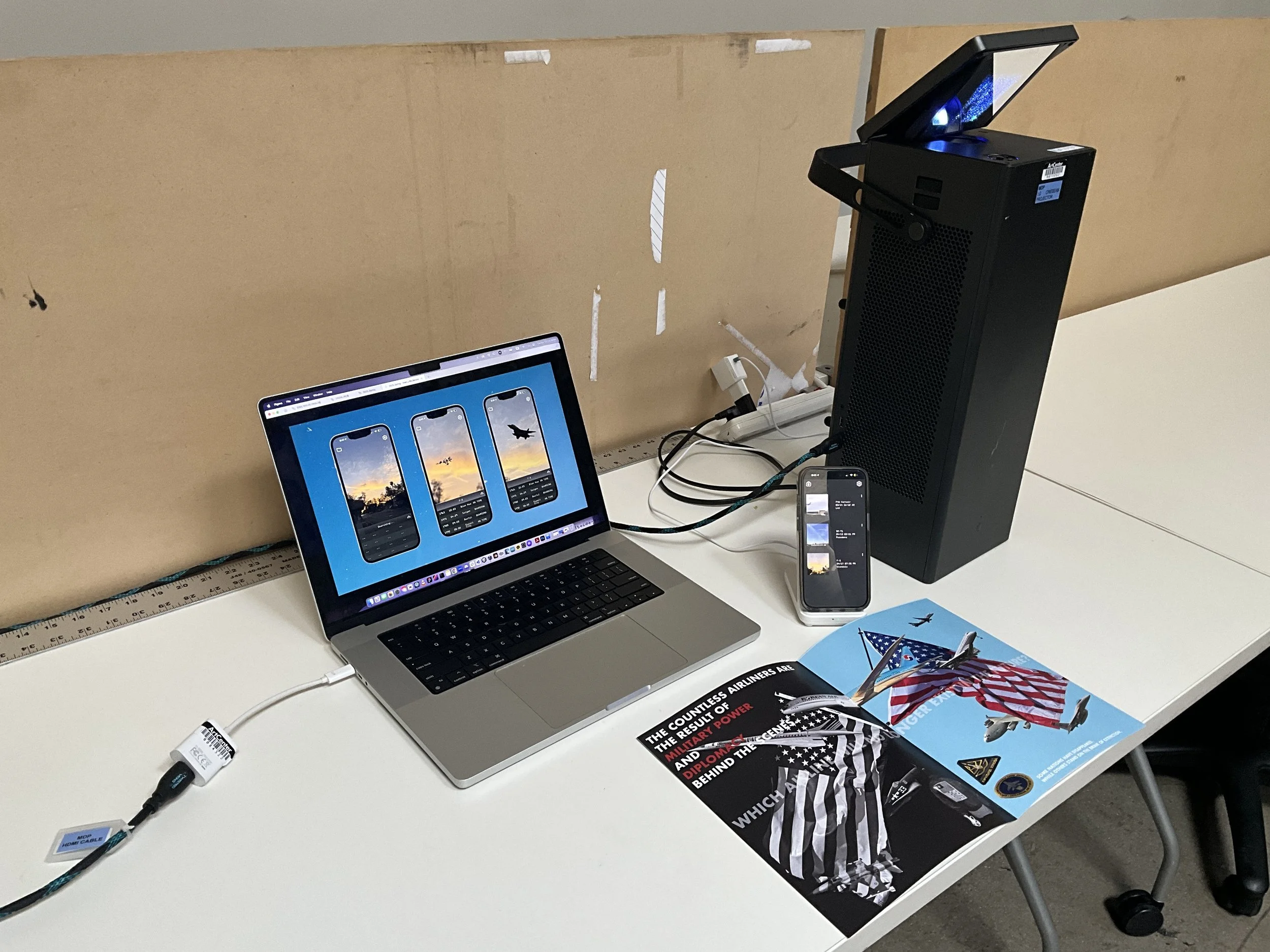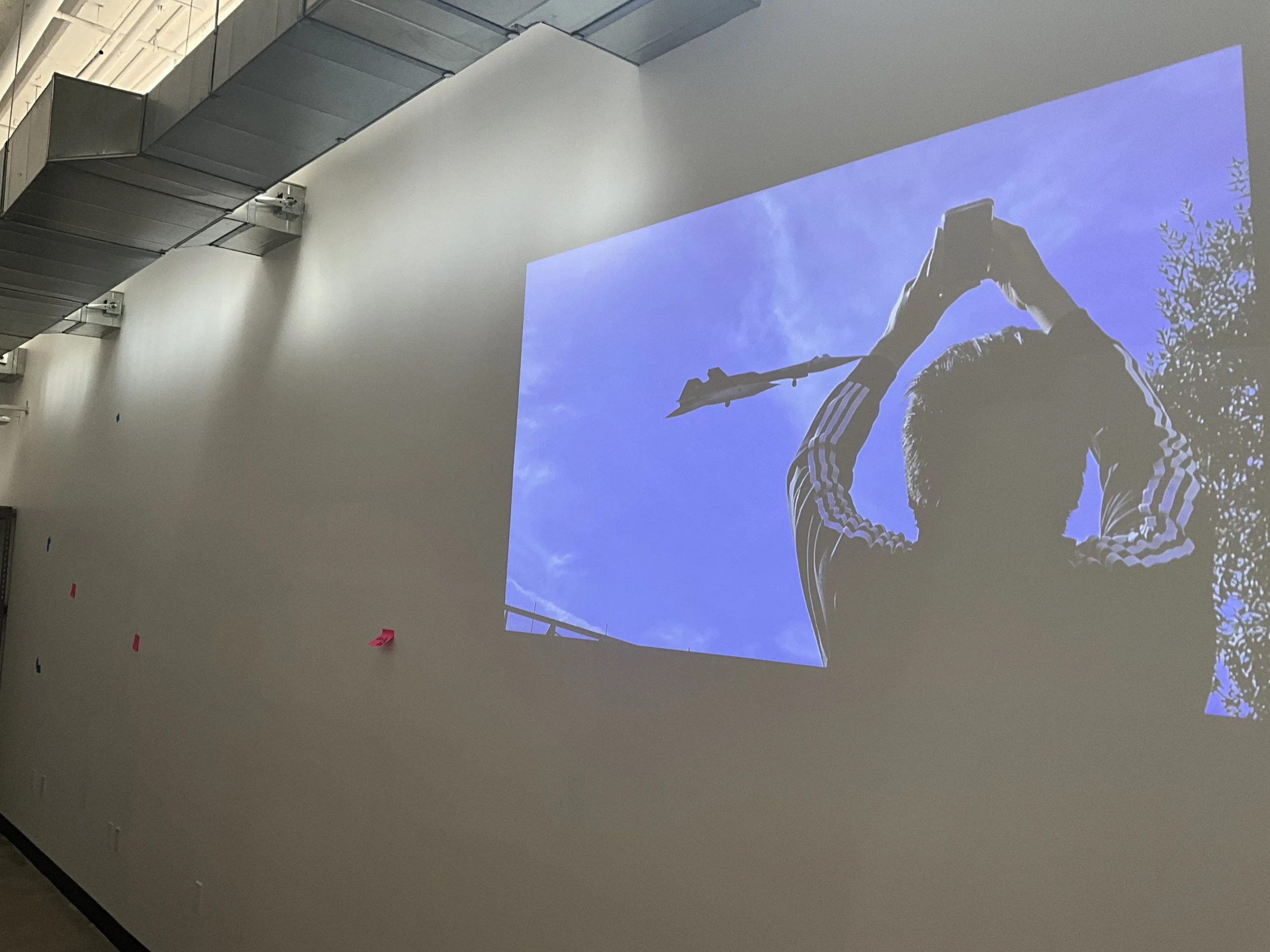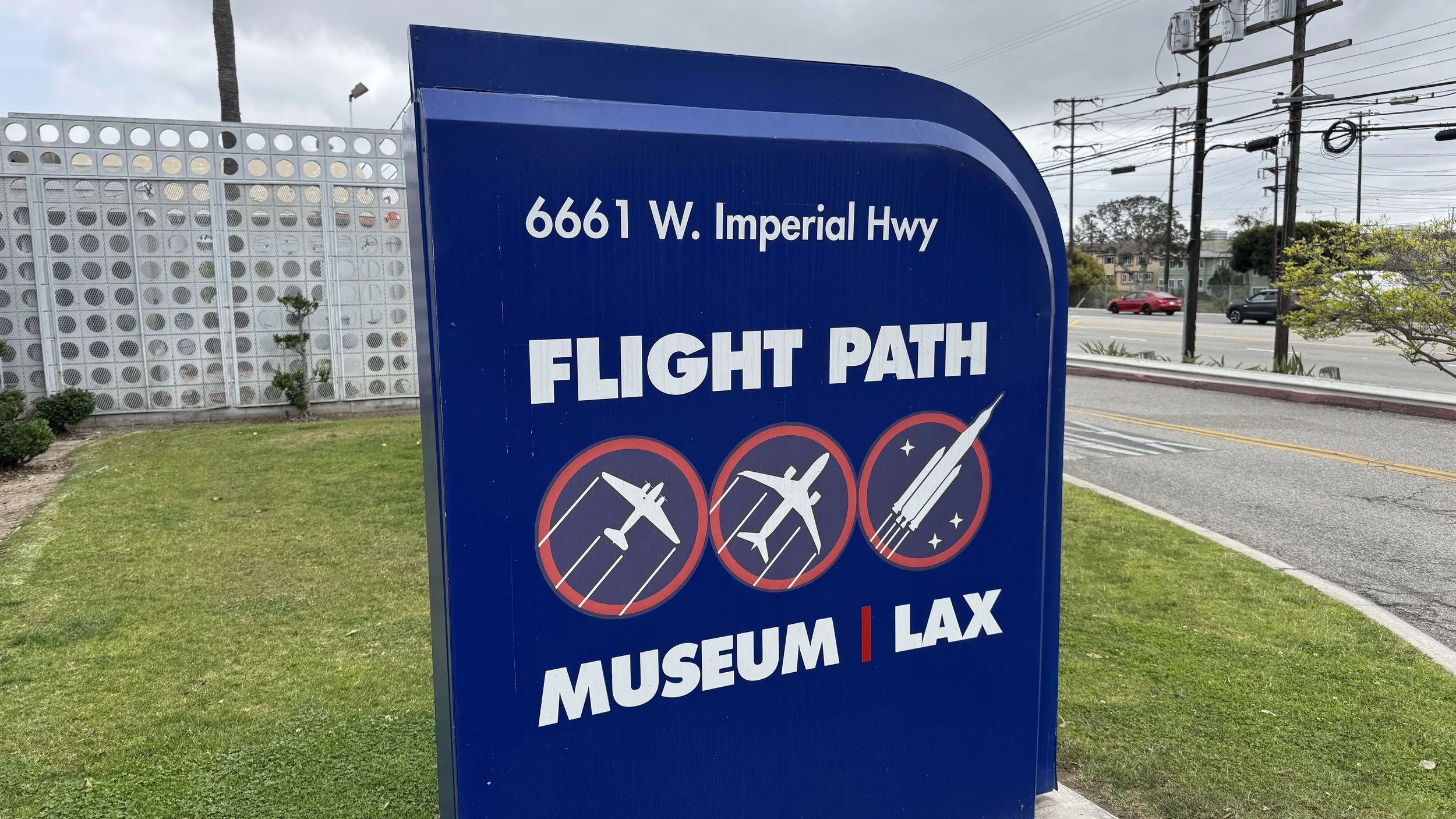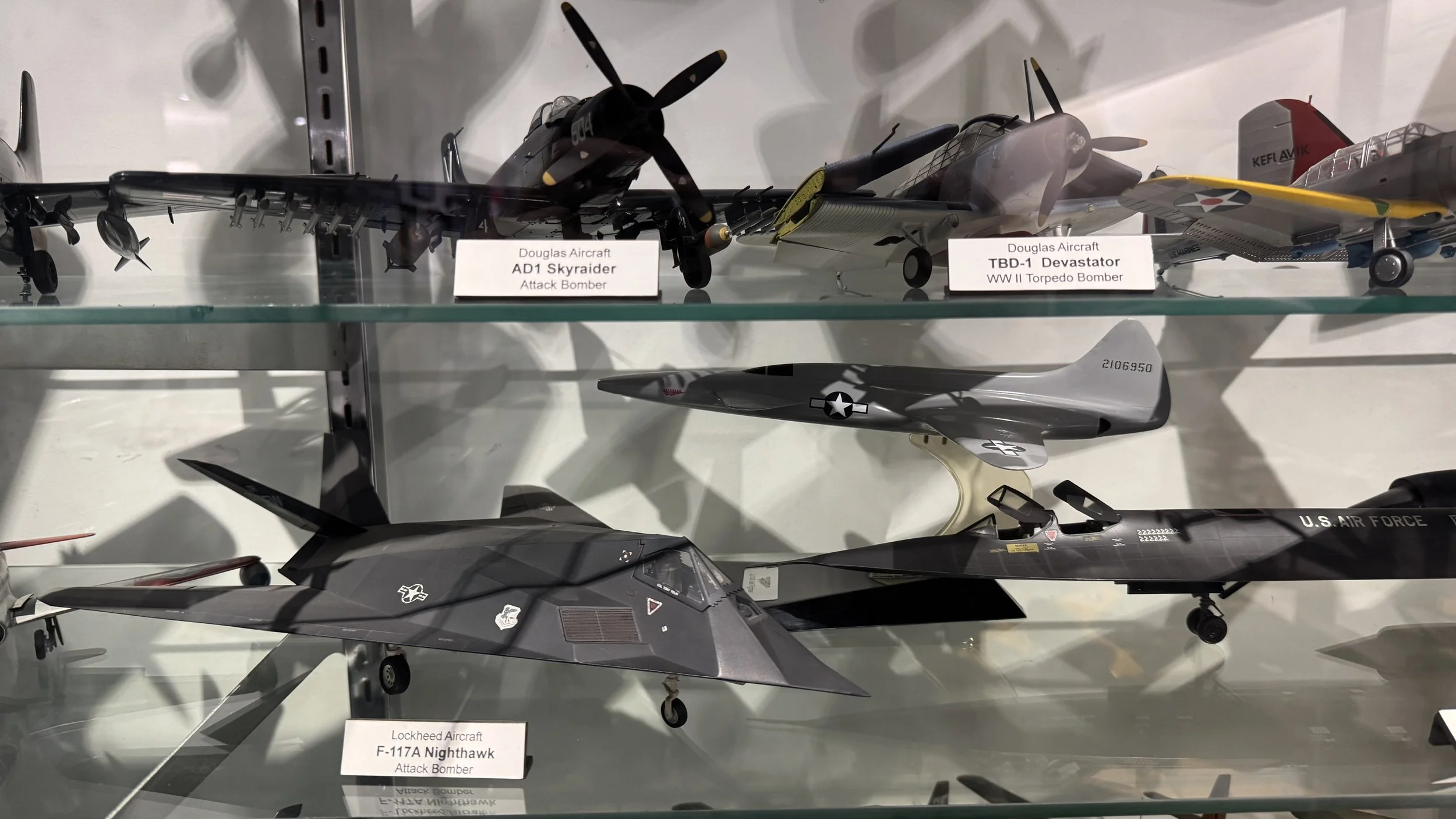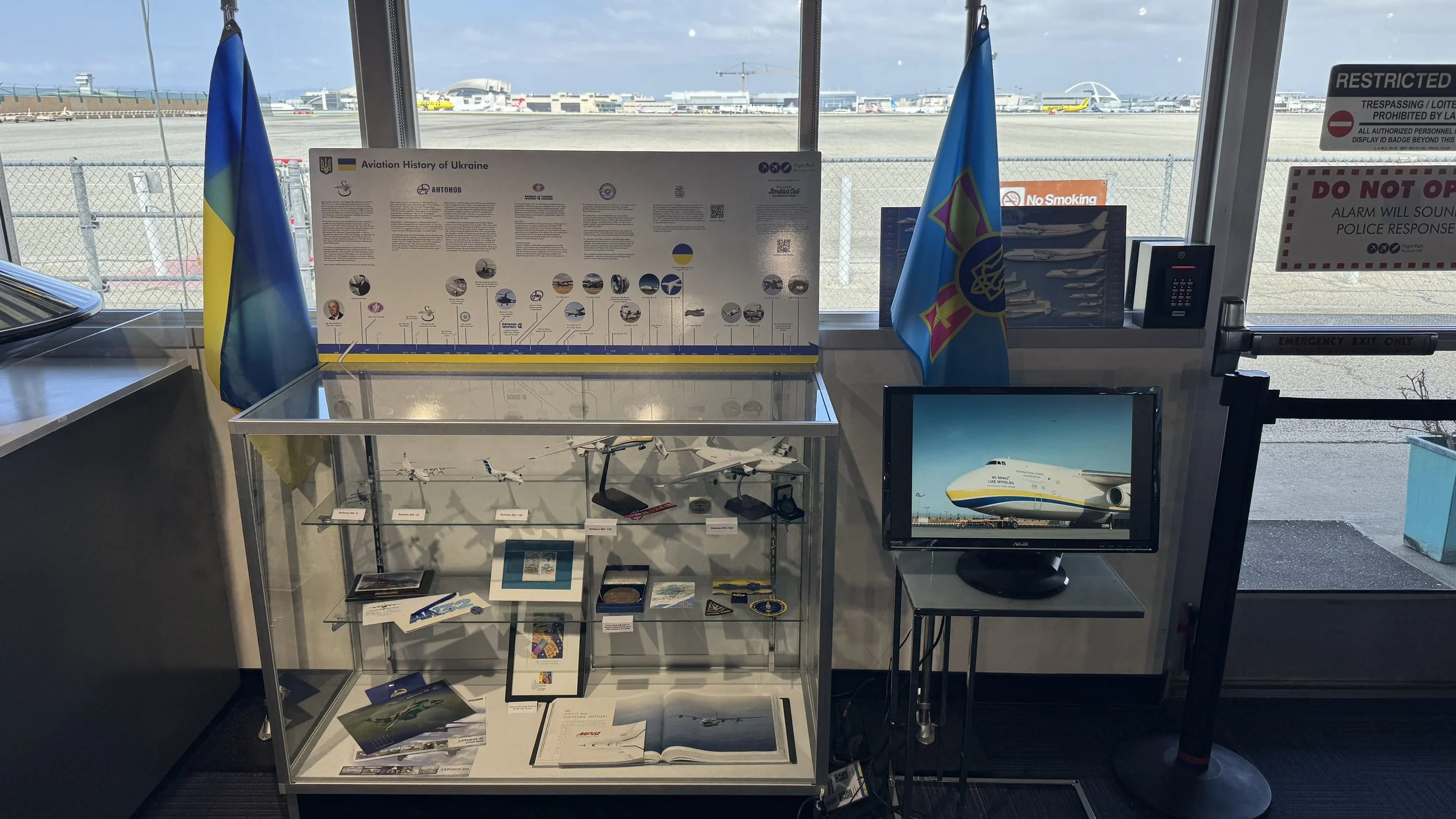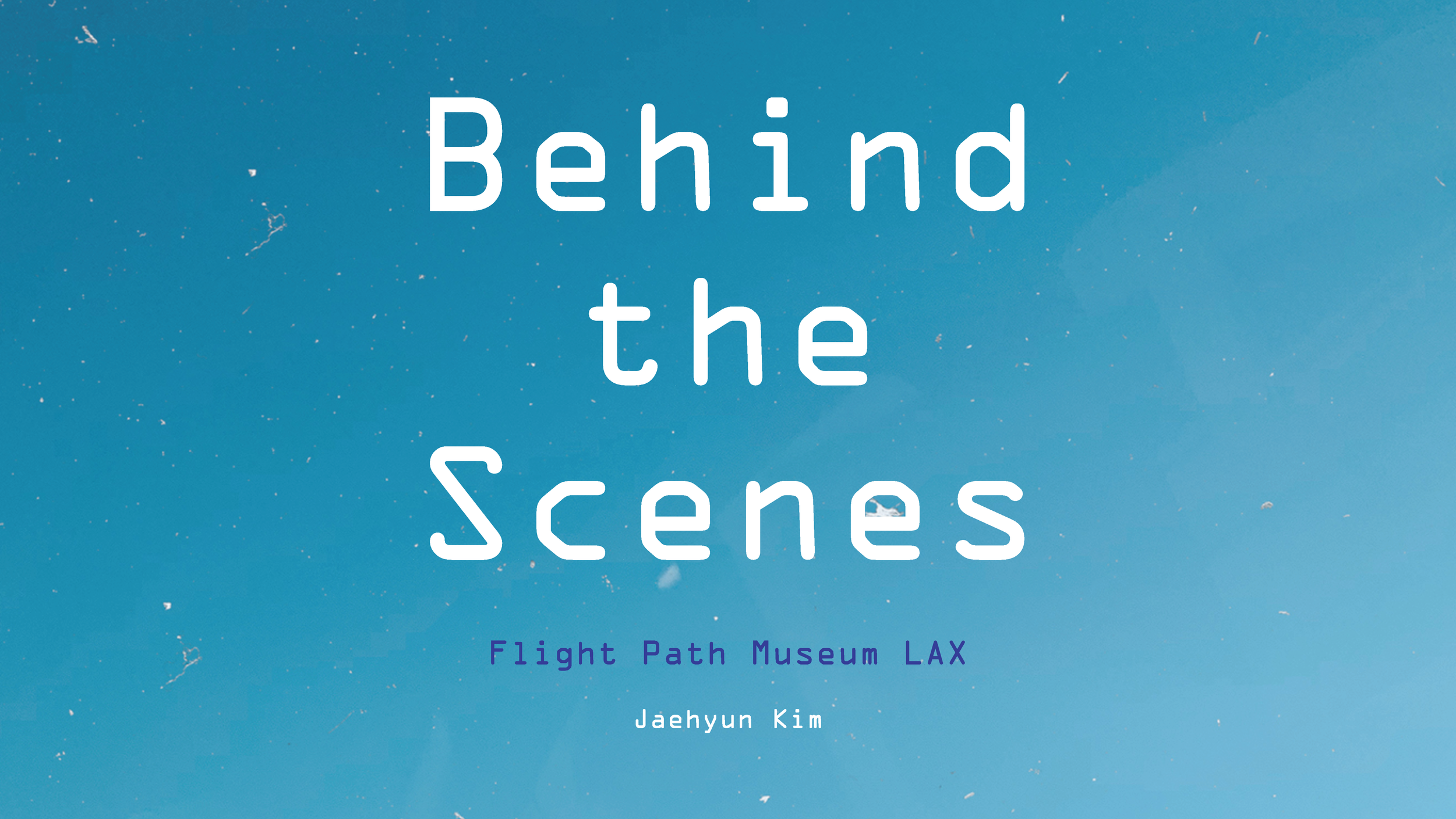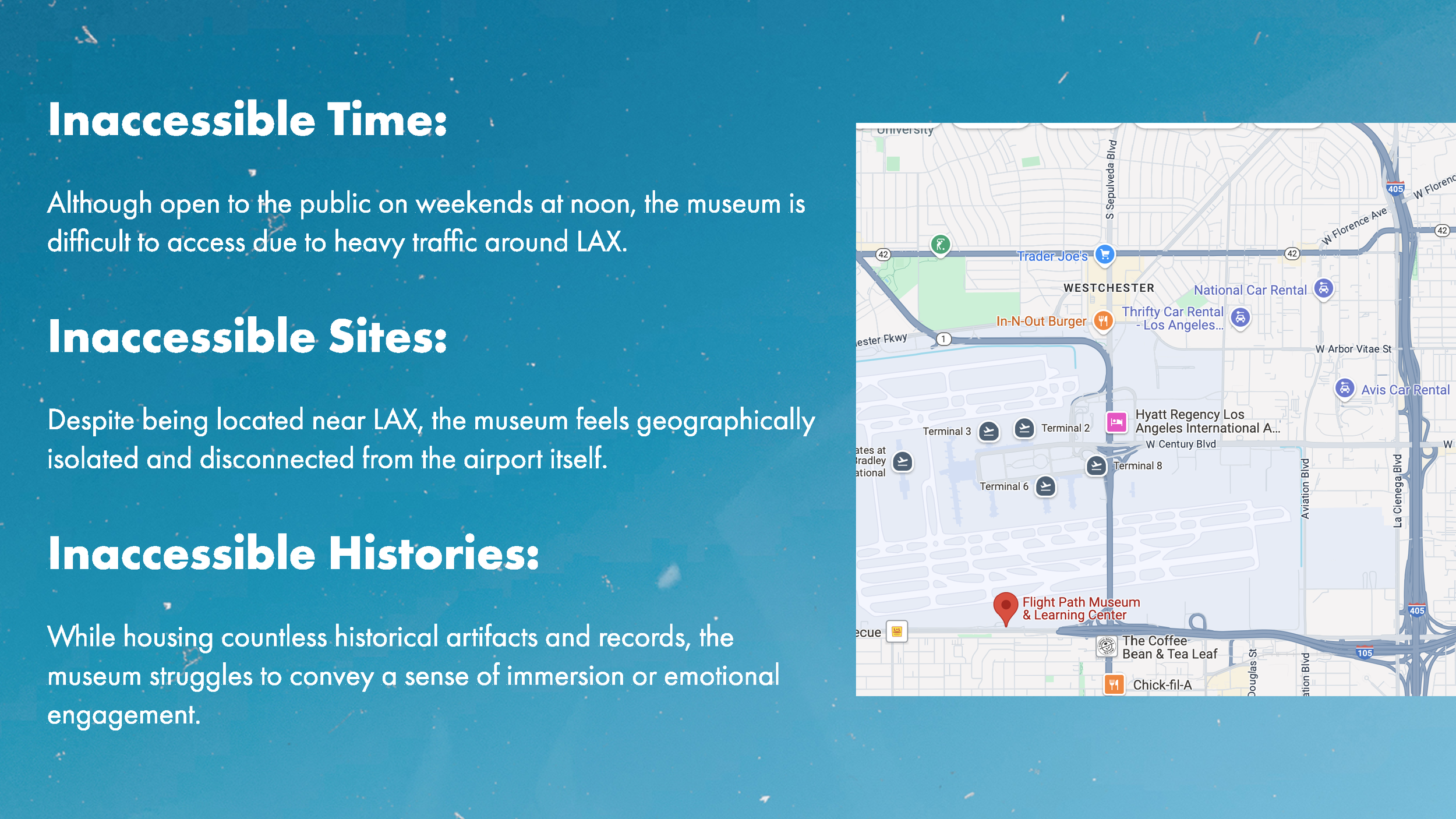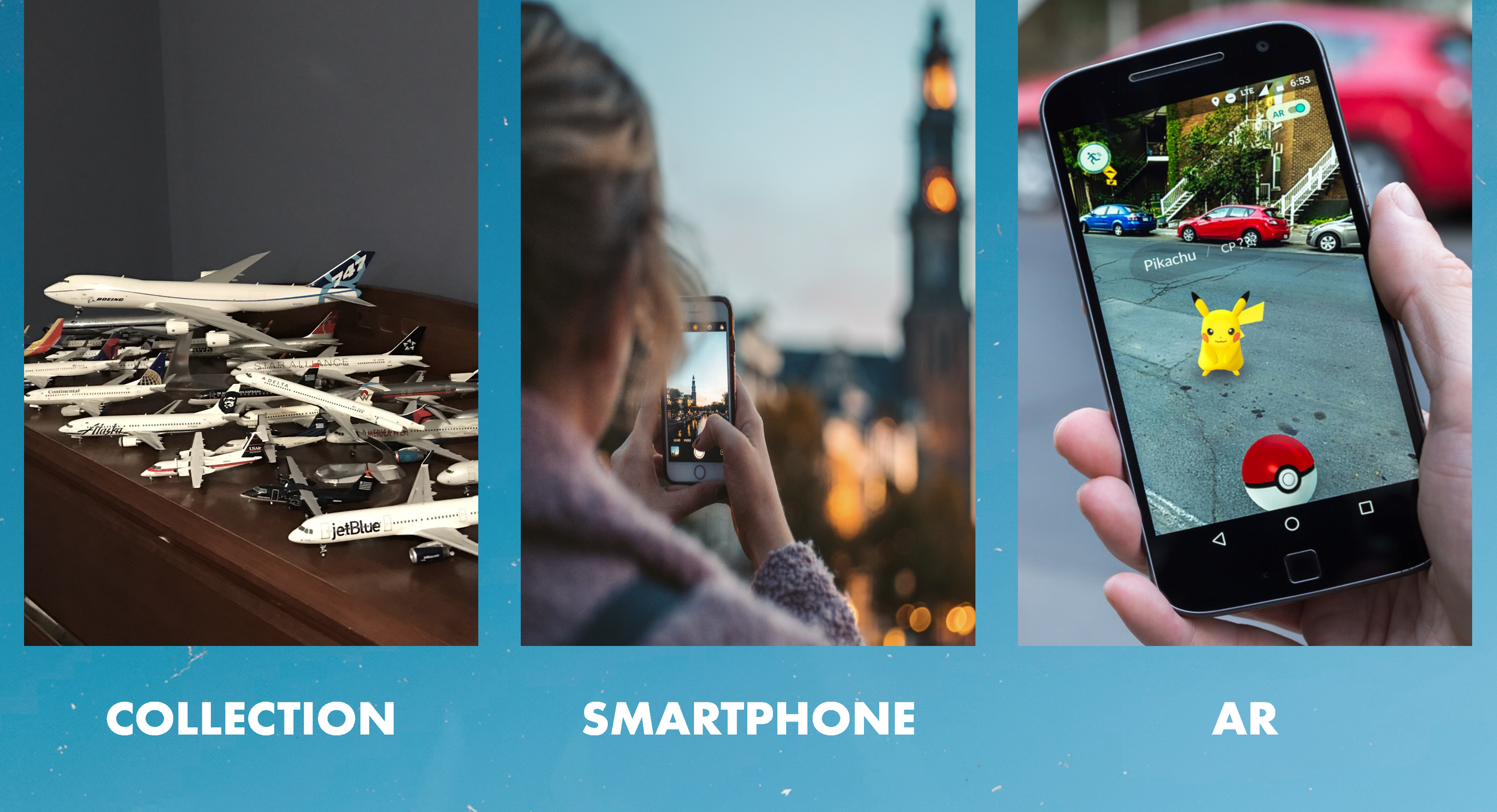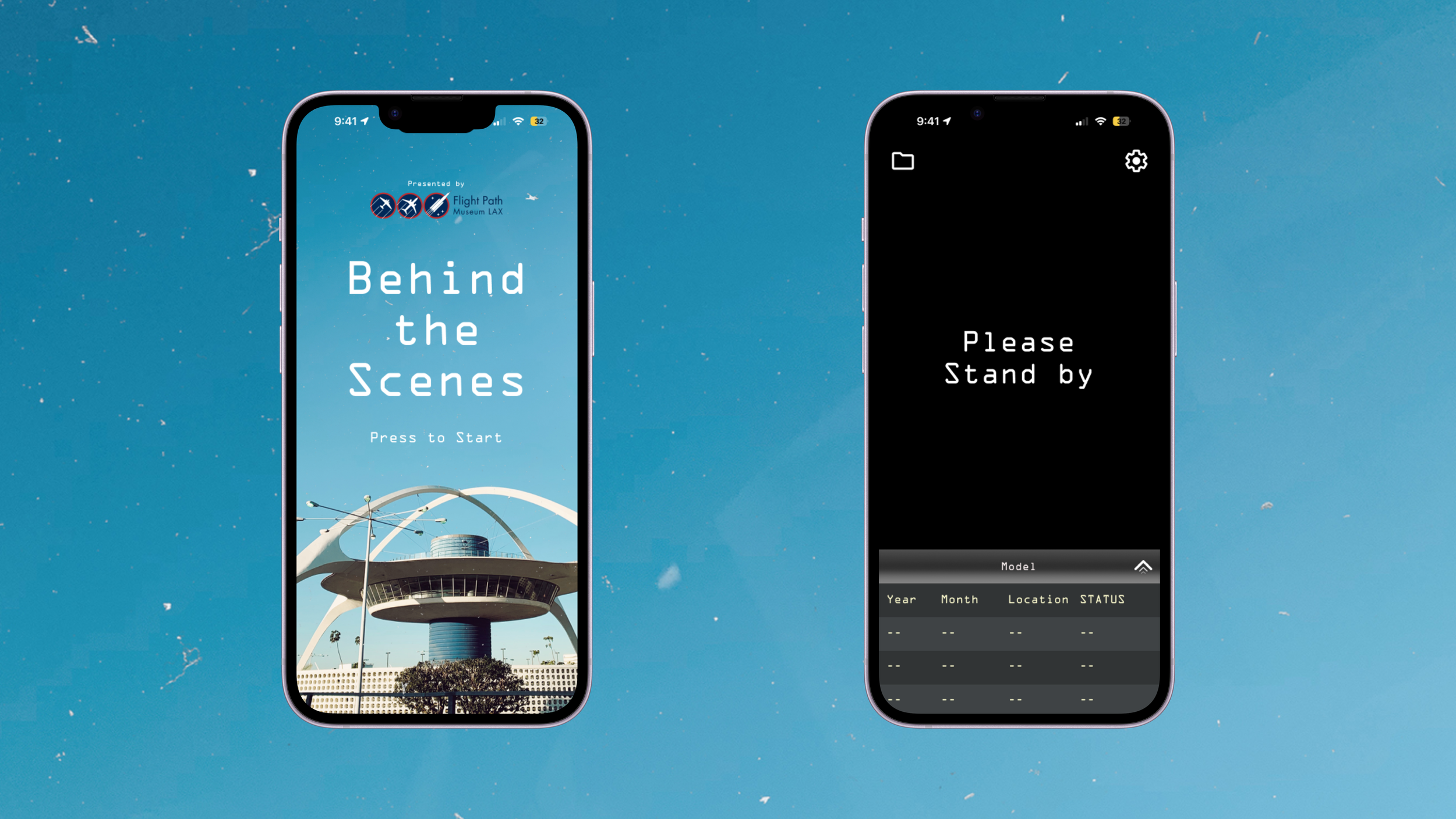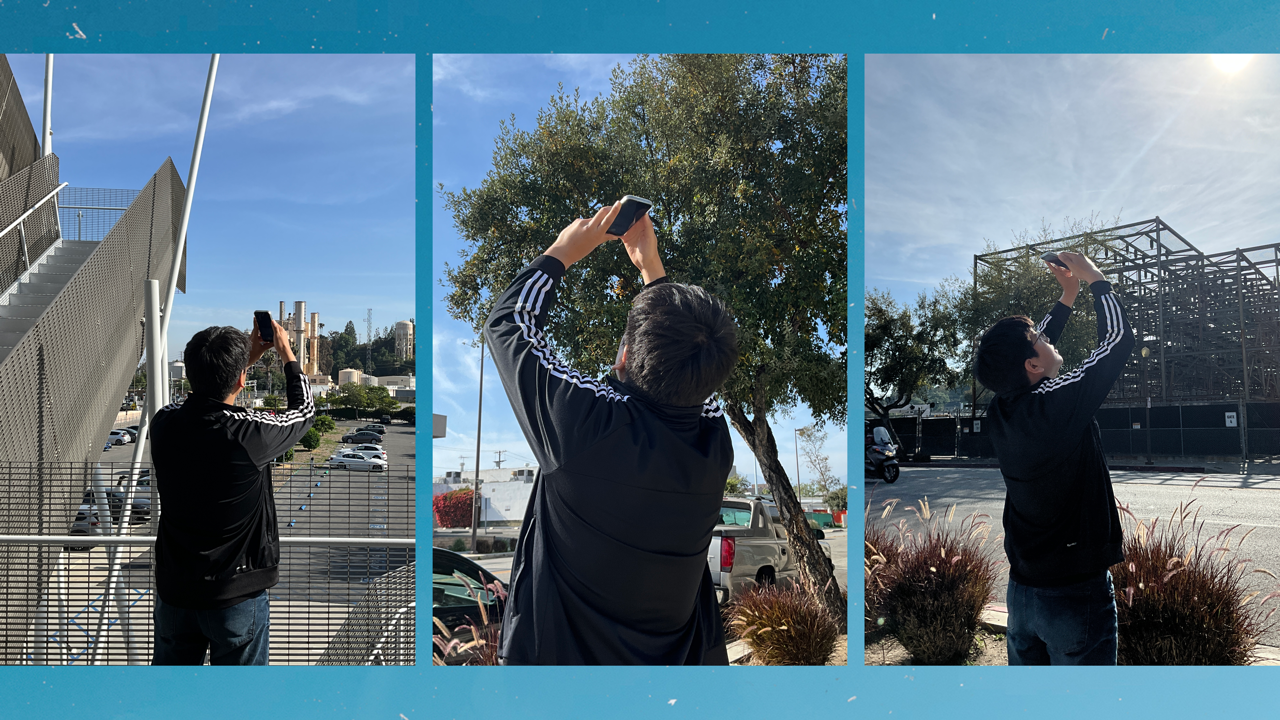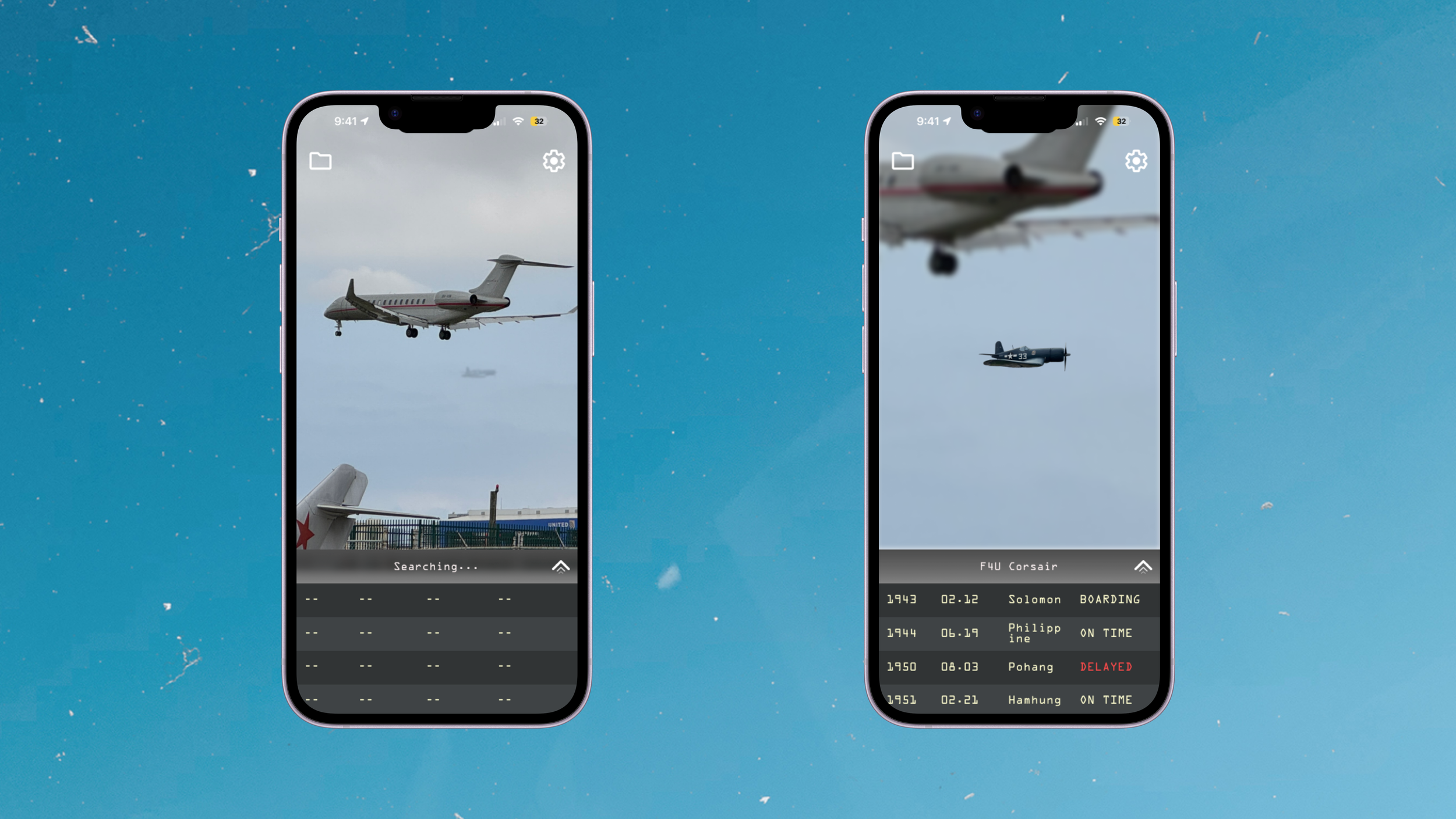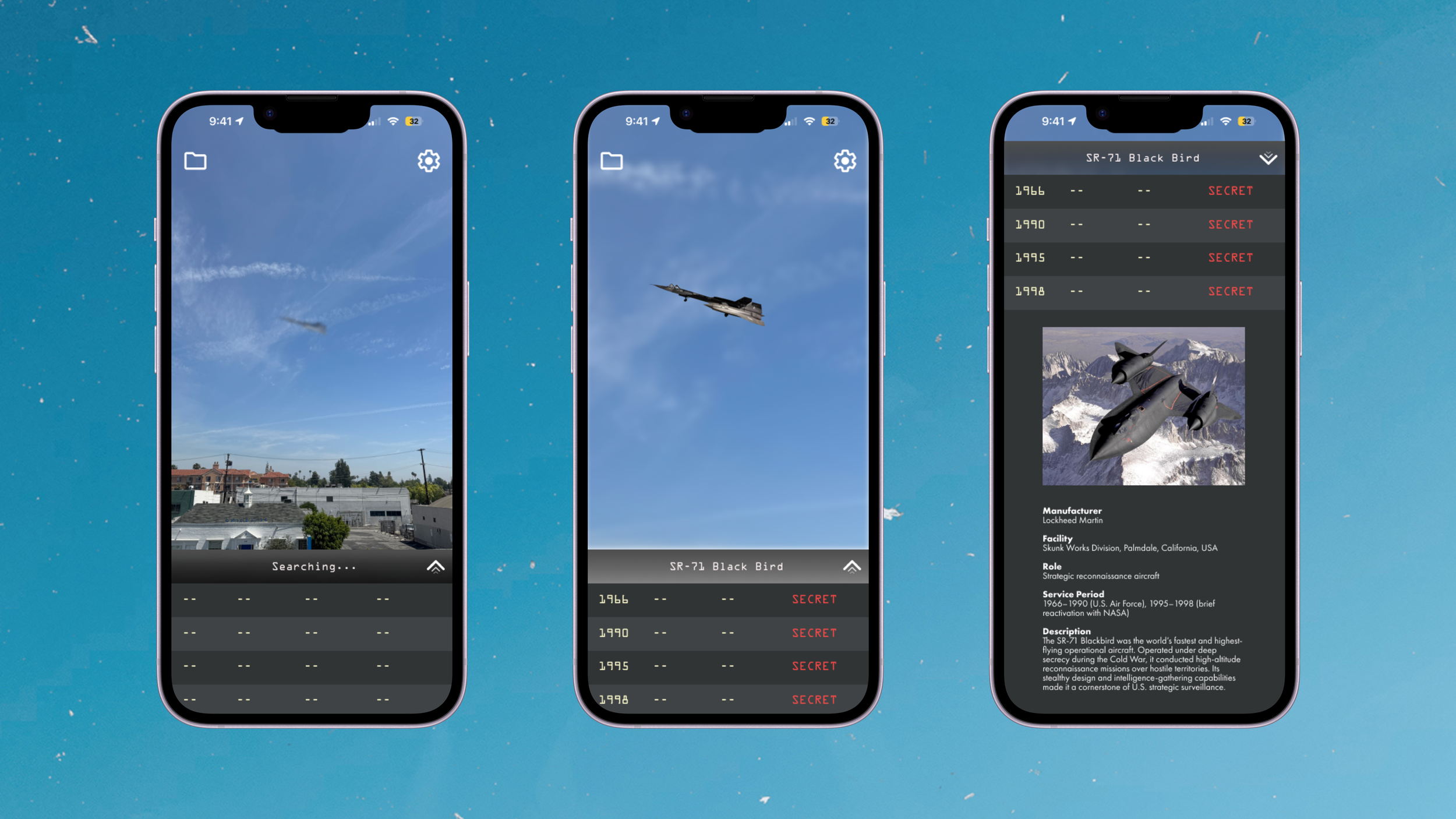Behind the Scenes
How to Expand Flight Path Museum LAX
While watching the countless flights passing through LAX, I began to think about the unseen layers of diplomacy and military history that lay behind those aircraft.
This idea found its perfect match at the Flight Path Museum, a space that not only chronicles the history of aviation but also brings together the traces and models tied directly to LAX’s role in modern history.
Inspired by this experience, I created a zine titled Behind the Scenes, exploring ways to reconnect LAX with the historical moments it helped shape.
However, I realized that these historical treasures were not reaching their full potential.
I identified the cause as three forms of inaccessibility — time, space and history — which made it difficult for visitors to fully engage with the museum’s historical narratives.
As a solution, I proposed an interactive system that would allow users to collect historical models through their smartphones without time restrictions, and to explore them freely through AR technology without spatial limitations, enhancing both accessibility and engagement.
When the user opens the app and points the camera toward the sky, a faint, blurred silhouette appears—an aircraft rendered through AR.
As the user zooms in, the blurred shape sharpens to reveal a specific aircraft model, which then unlocks a flight display-style interface showcasing a historical moment that the aircraft once participated in.
If the user wants to learn more about the aircraft itself, they can tap the arrow on the right to view detailed historical information. Special aircraft, like the SR-71 Blackbird, are introduced with atmospheric effects that reflect their classified nature.
In certain cases, the aircraft will animate into a full 3D model that appears to fly directly through the user’s real-world environment. Legacy jets like the F-4 Phantom can be seen soaring as if they were returning to the skies—merging past and present through augmented reality.
Finally, all captured aircraft are automatically saved to an in-app collection. This archive logs the time, location, and model of each sighting, adding a sense of playful discovery—like collecting characters in a game, but grounded in real-world history.
